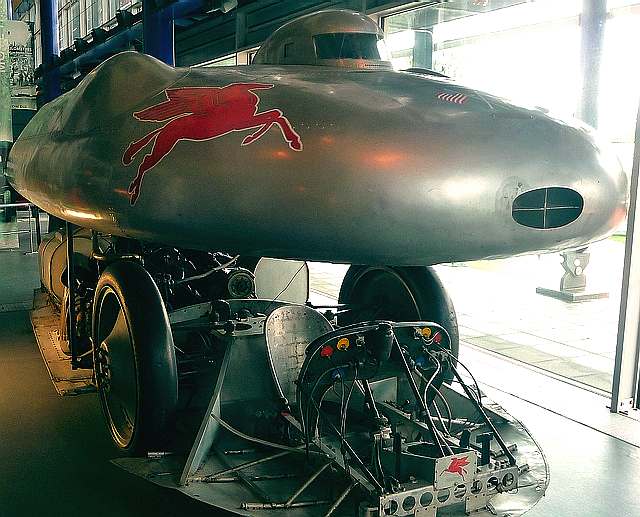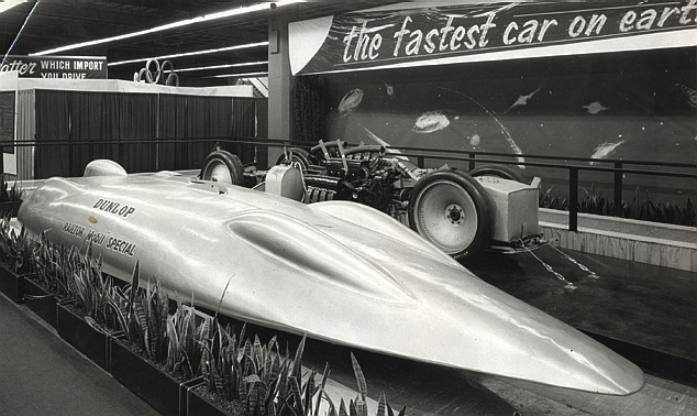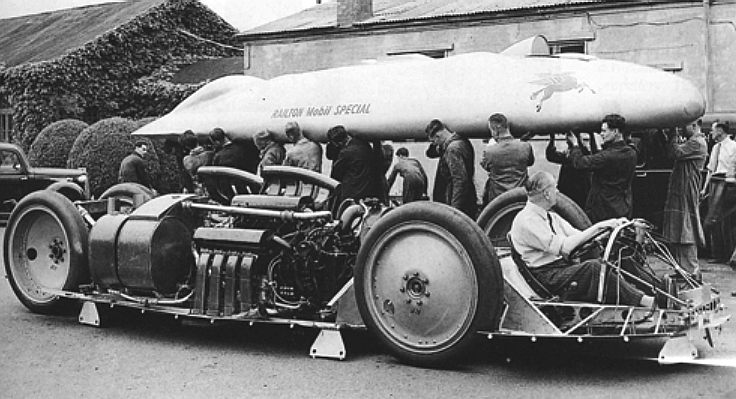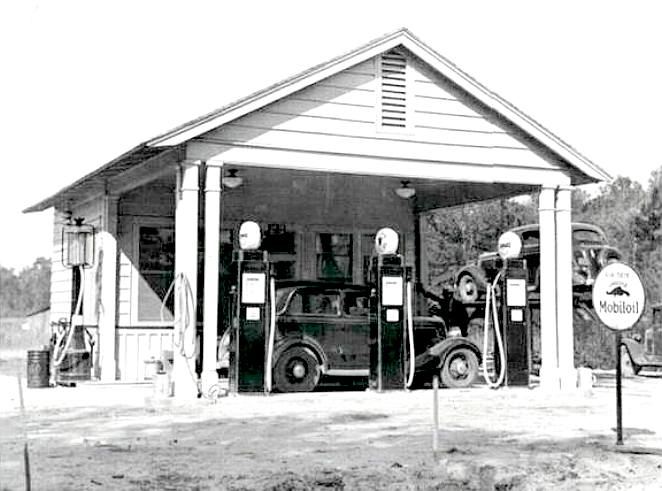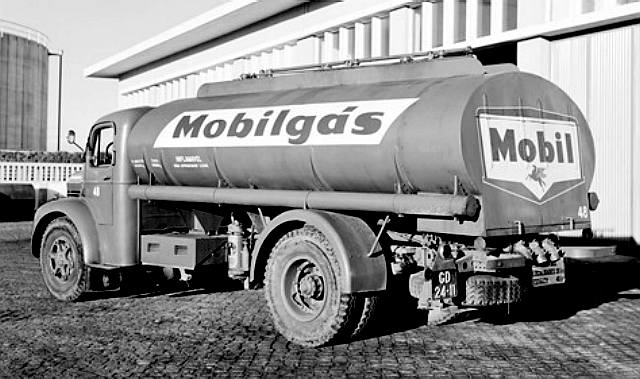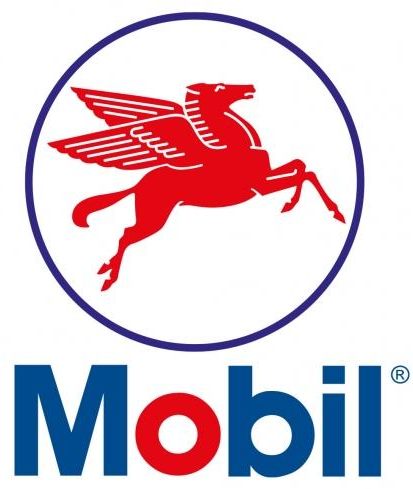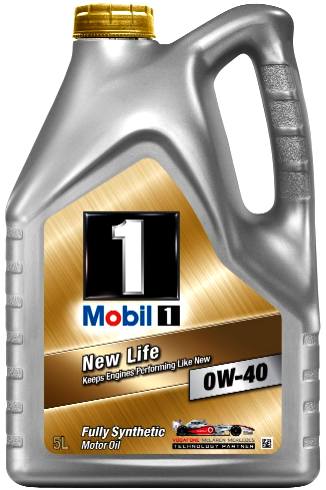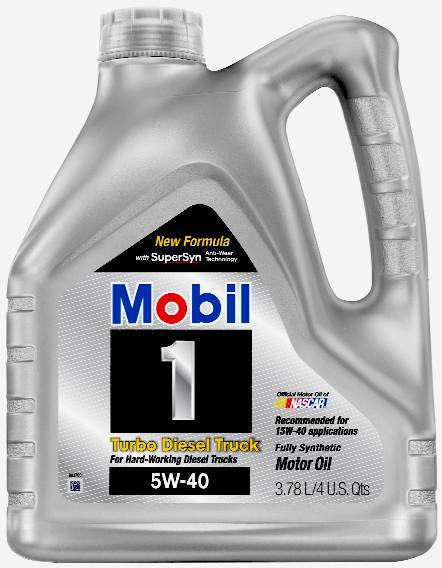|
RAILTON MOBIL SPECIAL
|
|
|
Art on wheels and a fine display, making a feature of the ingenuity of the designers of the time. It is rather drastic means to gain access to the mechanicals, but a godsend for those working on the vehicle.
The Railton
Special, later rebuilt as the Railton Mobil
Special (RMS), is a one-off motor vehicle built for John Cobb's successful attempts at the land speed
record between 1938 and 1947 - the golden years of LSR making and
breaking.
SILVERSTONE 1949
John Cobb took to the
Silverstone motor racing circuit in 1949, to demonstrate his futuristic-looking land speed record holder to
a crowd of spectators.
Simply fantastic: The Railton Mobil Special on display, the lines of Cobb's LSR are breathtaking - an inspiration for all speedsters and latterly, Ken Norris, who used this design as the benchmark for the CN7 Bluebird.
SPONSORSHIP
By 1947 the Railton Special was renamed the Railton Mobil Special after further development and sponsorship by Mobil
Oil. For those in the Birmingham, England area you can see this remarkable automobile on display at the Thinktank science museum if
our sources are up to date.
John Cobb in the driving seat waiting for the bodywork to be placed on the chassis
REID
RAILTON
The Railton Mobil Special parked side by side with the MG land speed record car
‘We’ll never know exactly what happened, since the evidence lies in 1000ft of water, where it is likely to remain’.
Railton had left for his California home only two days before, intending to return for the attempt later in the week. He was so shocked by the loss of his friend, John Cobb, that he completely pulled out of the design field in which, aged 57, he stood unrivalled in experience.
After Reid Railton, Ken Norris took over the mantle of LSR design kingpin. Indeed, Ken mentioned to our designer that he based the bodywork of the CN7 Bluebird on the Reid's Mobil Special. Ken added the large fin to cure a directional problem that he had identified, but Ken also fell foul of design limitations and experimentation that all LSR designers face, when Donald Campbell flipped the K7 on Lake Coniston.
A collection of Mobil pumps and vehicles to remind us that progress is necessary in a changing world, but that we must appreciate that we stand on the shoulders of the giants of innovation of the past. A big thankyou to our parents and grandparents.
MOBIL OIL
Mobil, previously known as the Socony-Vacuum Oil Company, was a major American oil company which merged with Exxon in 1999 to form ExxonMobil. Today Mobil continues as a major brand name within the combined company, as well as still being a gas station sometimes paired with their own store or On the Run. Its former headquarters in Fairfax County, Virginia, are currently used as ExxonMobil's downstream headquarters.
MOBIL HISTORY
1911 - Following the break-up of Standard Oil the Standard Oil Company of New York, or Socony, was founded, along with 33 other successor companies. In 1920, the company registered the name "Mobiloil" as a trademark.
1931
- Socony merged with Vacuum Oil to form Socony-Vacuum.
1936 - Mobil sponsored an economy run each year begun by the Gilmore Oil Company of California (except during World War II) in which domestic automobiles of various manufacturers in several price and size classes were driven by light-footed drivers on cross-country runs.
1940 - Mobil purchased the Gilmore Oil Company (purchased by Socony-Vacuum in 1940) and later became the Mobilgas Economy Run and still later, the Mobil Economy Run. The cars driven in the economy run were fueled with Mobil gasoline and Mobiloil and lubricants were also used. The vehicles in each class that achieved the highest fuel economy numbers were awarded the coveted title as the Mobilgas Economy Run winner. This initiative closed in 1968.
1942 - Socony's unescorted tanker, named Mobiloil, was sunk by a German U-boat (German Type IX submarine U-108 captained by Klaus Schlotz), and all 52 people survived after 86 hours adrift in lifeboats.
1954 - Mobil introduced a new and improved Mobilgas Special in response to trends toward new automobiles powered by high-compression engines that demanded higher and higher octane gasolines. The newest formulas of Mobilgas Special was advertised as offering "A Tune-Up in Every Tankful" due to a combination of chemicals known as the "Mobil Power Compound" which was designed to increase power, check pre-ignition ping, correct spark plug misfiring, control stalling and combat gumming up of carburetors.
In 1955 - Socony-Vacuum was renamed Socony Mobil Oil Company.
1963
- SMOC changed its trade name from "Mobilgas" to simply "Mobil," introducing a new logo (created by New York graphic design firm Chermayeff & Geismar). To celebrate its 100th anniversary in 1966, "Socony" was dropped from the corporate name.
Two of the most popular lubricants sold today - we use them
MOBIL BRANDS TODAY
The blue bird legend lives on - this beautiful car was inspired by Reid Railton and his designs for the Napier Lion and Rolls Royce engined Blue Bird LSR cars in the 1930s, the Blueplanet BE3 features instant battery recharging using the patent Bluebird™ cartridge exchange system under license from BMS. This LSR is also solar assisted. She is designed for speeds in excess of 350mph using clean electricity. The BE3 could run at such historic venues as Pendine Sands, Daytona or the Bonneville salt flats un Utah. Advance notice of 6 months is required for event hire.
LINKS & REFERENCE:
http://en.wikipedia.org/wiki/Mobil http://www.lesliefield.com/personalities/john_cobb.htm Loch Ness Project Cobb_Crusader http://www.lochnessproject.org/explore_loch_ness/groundtruth/loch_ness_Cobb_Crusader.htm National Motor Museum collection British Electric Land Speed Record
A fascinating look at land and water speed record projects from a design engineer's perspective. According to the author, designing a fast vehicle is all very well, but getting paid for your work is another matter as Ken Norris would also attest to with water speed record boats. LSR contenders frequently overlook that professionals need to earn a living. It's like not paying your doctor or solicitor. You've had the service, but somehow think it is okay not to pay for it - even though it was the service that drew in the sponsors. A well balanced design of craft is the key to a successful water or LSR career. The other key to success is making sure that all contributors are rewarded for their part in a project.
|
|
|
This
website is Copyright © 2014 Bluebird Marine Systems Limited.
The names Bluebird, Bluefish, Solar Navigator™, and the blue bird in flight
|
|
